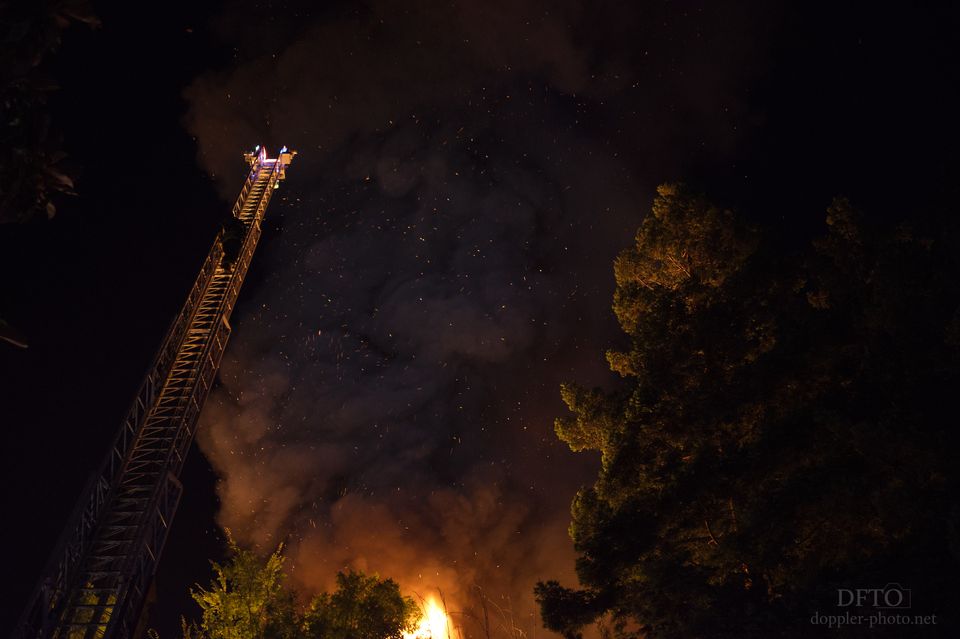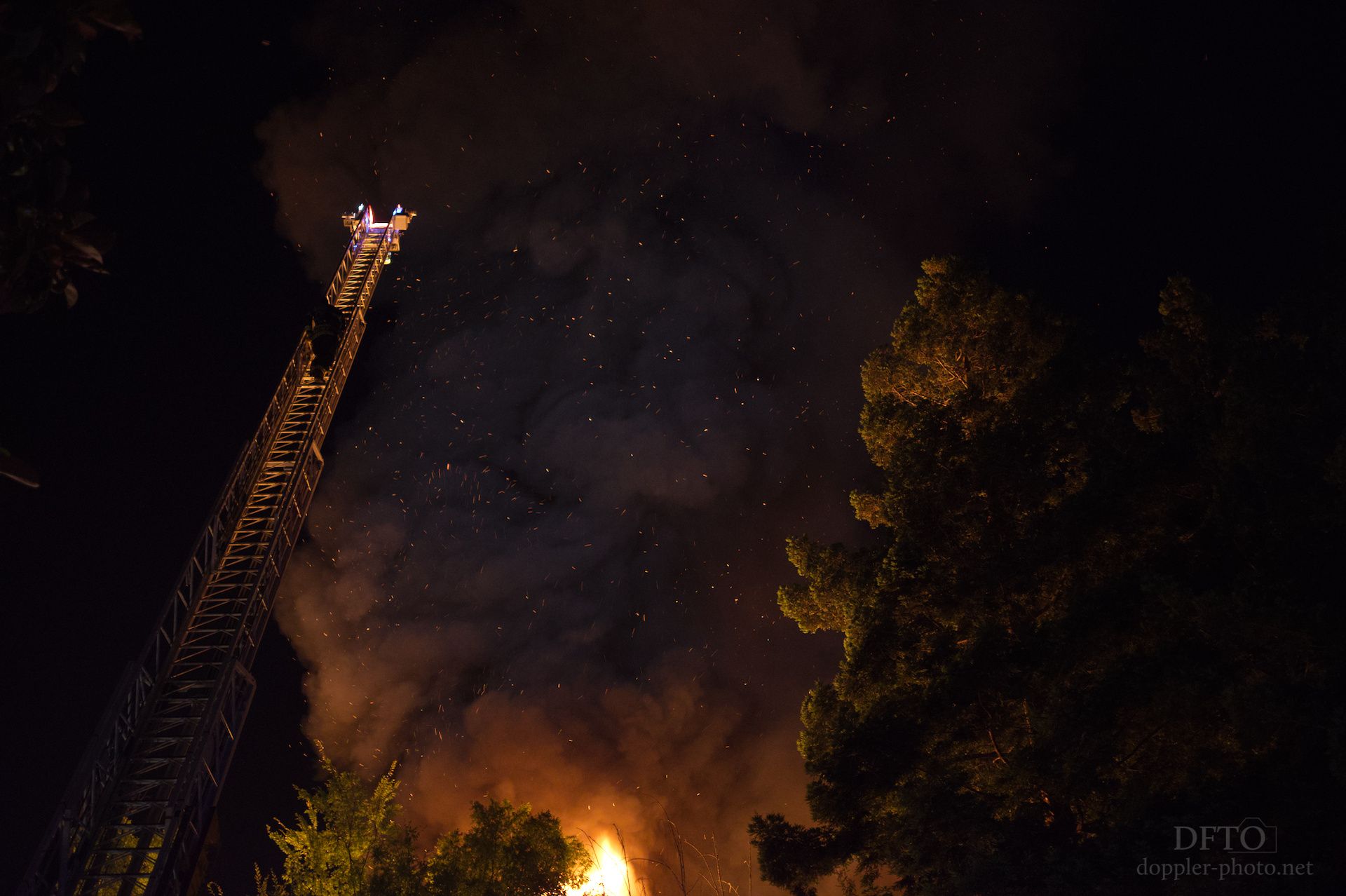
(Content warning: suicide)
I showed this picture to my wife, and her first words were "wow, I would frame this… except that it doesn't feel right framing someone's tragedy…"
And even though there were no reported injuries, there's something to that sentiment, isn't there? In a lot of ways, it speaks to a few of the fundamental moral quandaries in documentary photography: who may — and who should — tell which stories? And how? Beyond that, what are the responsibilities of art to its relevant social and cultural contexts?
Those questions churned in the back of my head since that conversation, until a few weeks later, a different situation brought them into clearer focus…

Context is important. The Vessel structure was first opened in March of 2019. Its architecture was clearly intended as a focal point, and notably, included waist-high guardrails on all 16 levels of the 150-foot-tall structure.
The first person to die there by suicide jumped in February of 2020. The structure was closed indefinitely in January of this year after the second and third people died similarly, in a span of 3 weeks.
When it eventually reopened in May, the suicide-reduction changes included the introduction of $10 tickets, as well as a requirement that visitors enter in groups of at least two. But no apparent changes to the guard rails…
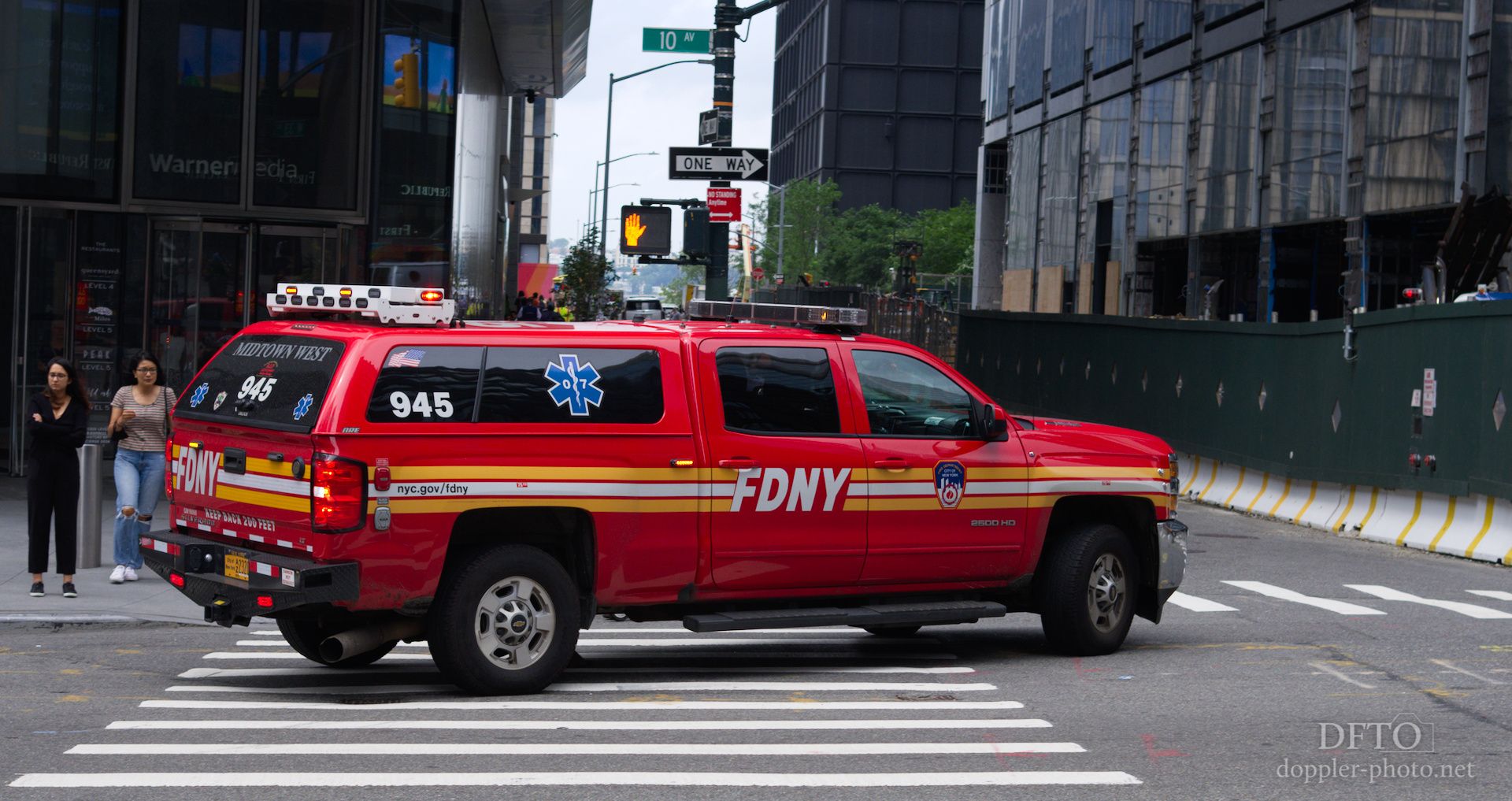
When I heard the sirens this past Thursday afternoon, I didn't have any of that context; I just followed them on instinct. And when I started taking pictures, I did the best I could to read the clues, and to document appropriately.
As time passed and I kept documenting, I heard snippets and witnessed moments that formed more of that story in my mind. "D.o.A." as an ambulance backed away from the two white tents without any passenger. And eventually, as an officer explained why a nearby resident would need to find another route, "suicide."
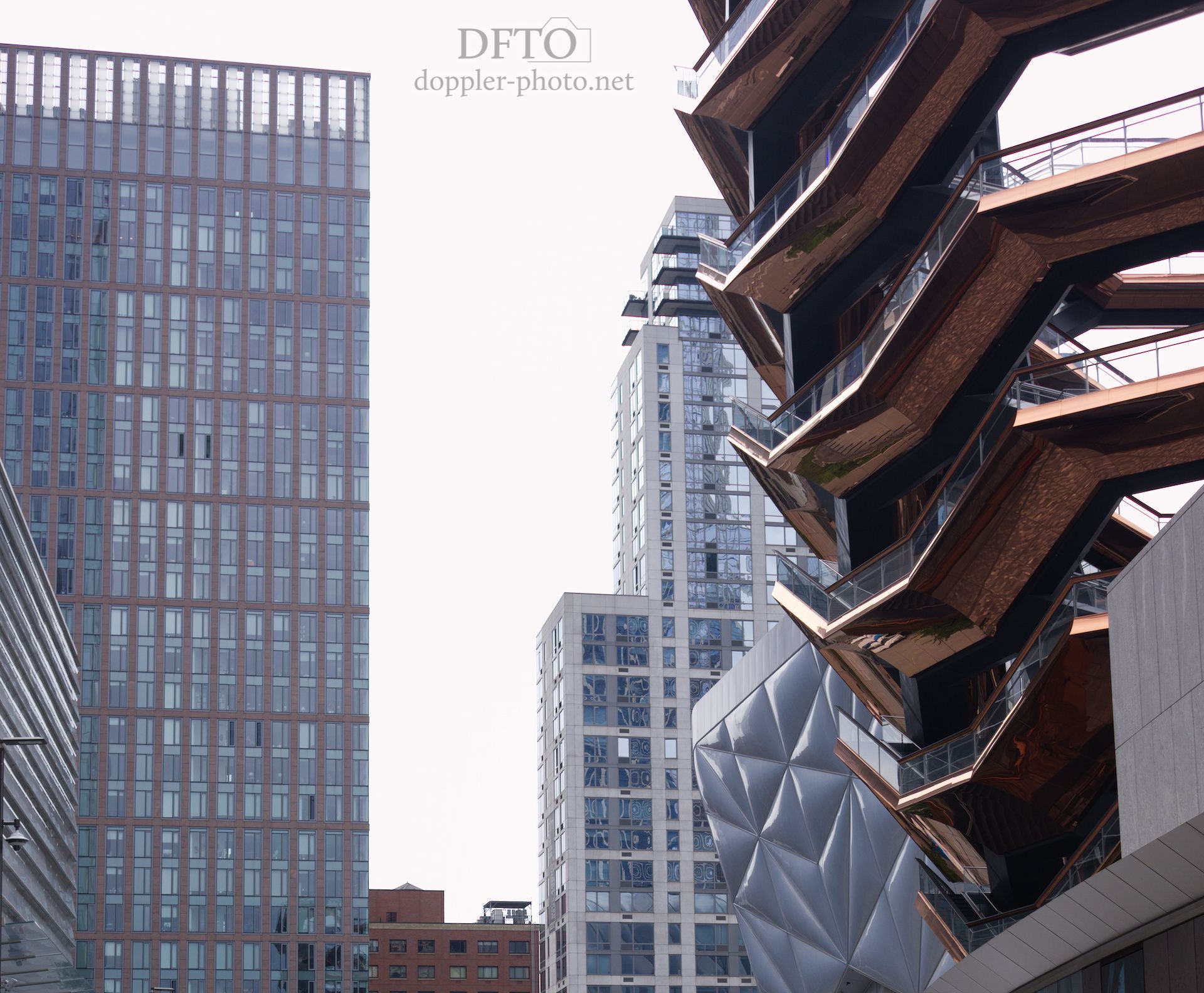
I feel like it can be tempting to illustrate the story with an image that focuses on the structure itself. "Here was the location of the incident." "One can imagine what might have happened."
But I think that's a mistake. In a lot of ways, the greater story here is of the conflict between the aesthetics of architecture on one hand, and the responsibility of that architecture to the surrounding community on the other. And whether intentional or not, coverage that focuses mostly on the architecture itself inherently chooses a side in that conflict — it invites the viewer to see the architecture concretely, and to leave the tragedy itself to be imagined as briefly as desired, if at all.

But I think it's also a mistake to just show the tragedy — two white tents for one fallen teenager — without really anchoring it to the place. Because again, it creates the sense that this tragedy really could have been any other. That the focus is, perhaps, death by suicide in general, and not the more specific theme of deaths by suicide that originate from this specific structure. It allows the viewer to again escape the conflict that is inherent in the question of "why does this keep happening here in particular?"
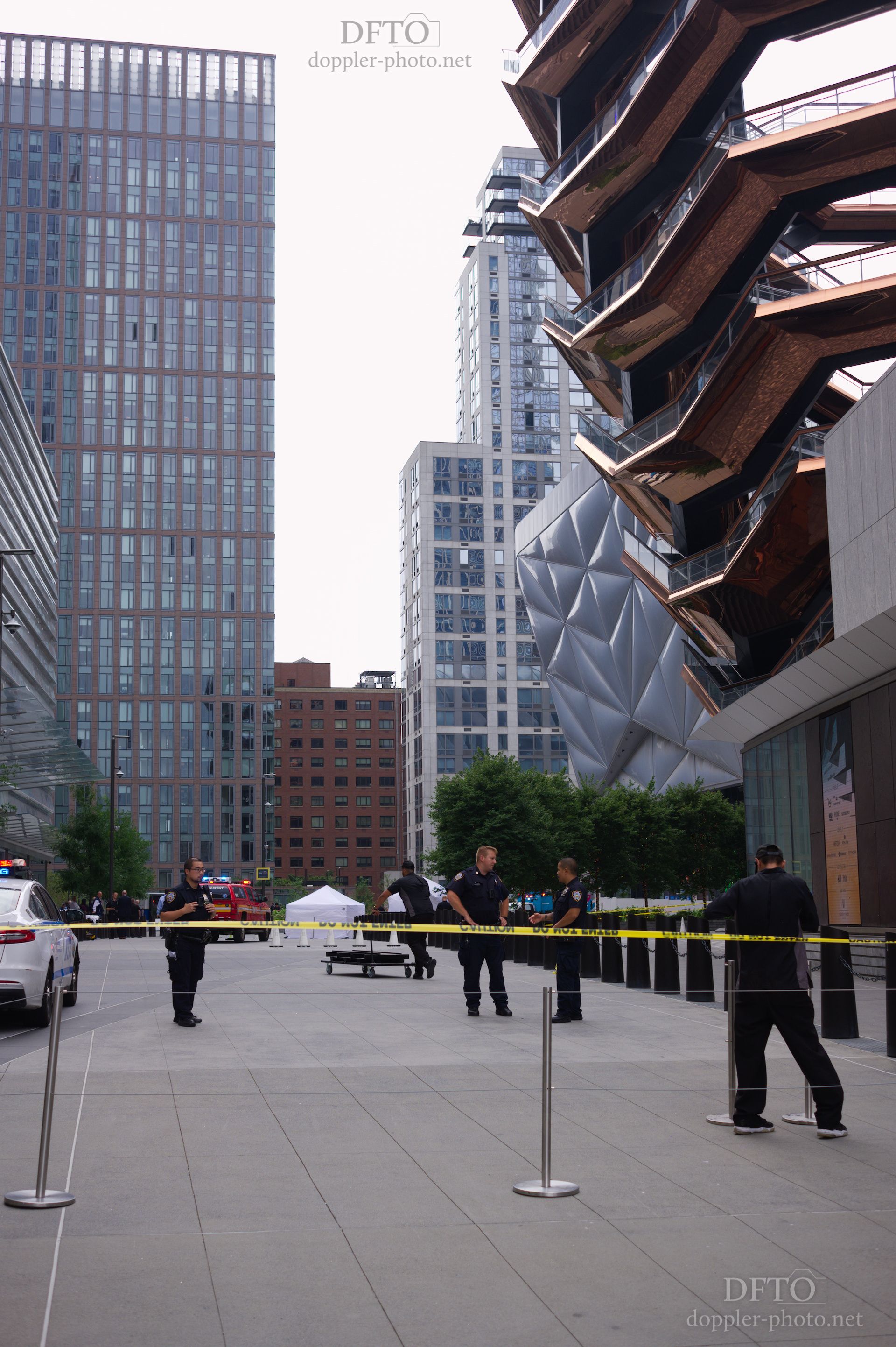
When you put the pieces together — when you literally put them in the same picture, I think it helps the viewer to internalize that conflict. To feel, in a more visceral sense, the tension between the beauty and the tragedy. And maybe to also feel the strain between Vessel's aesthetics and the responsibility that its developer might have to the surrounding community.
My goal, in these cases, is to find images that invite — or force — the viewer to decide for themselves whether or not this beauty is worth this kind of tragedy.
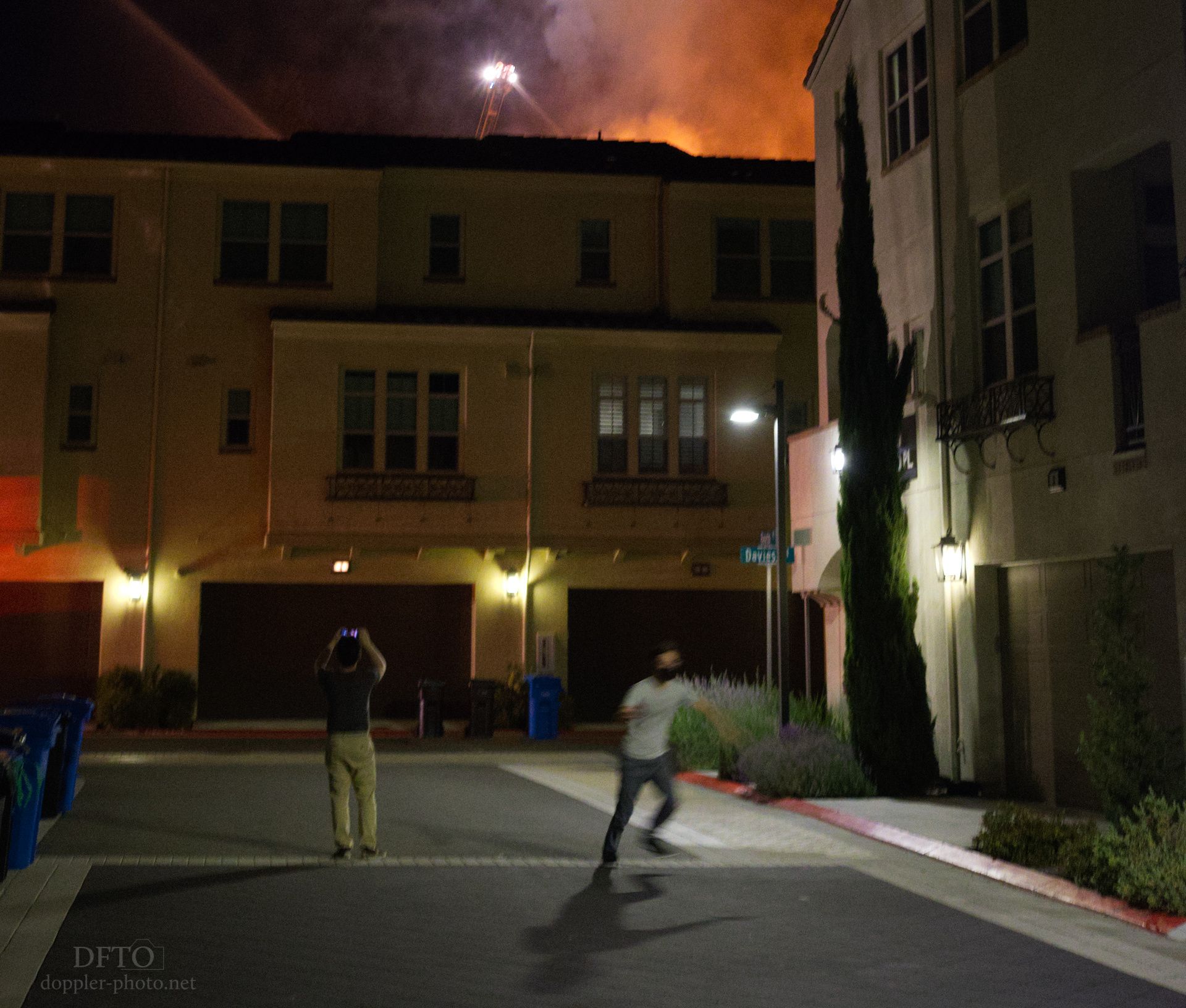
I think photographers also have a responsibility to the communities where they work. Sometimes it's clearer-cut, as in the Vessel situation, and sometimes it's a little more opaque.
What's my responsibility around covering this fire? I really don't know. I think it depends on the underlying story, right? And it can be hard to tell a story just based solely on what happens when it's time to take the picture.
That's why, as a documentary photographer, you try to cover your bases and shoot everything. You try to gather all the nouns and the verbs, as it were, so that you'll be able to assemble them later into something that makes sense and holds some truth.
Which brings us back to the original questions. Is it okay for me to tell this story? Should I tell it? If so, how? I mean, what even is the story here?

And a little farther afield, what is the value of art that isn't anchored to a story? If I capture an image that manages to combine the beauty and the horror of uncontrolled flames, does that have inherent value? And what is the cost, especially socially and culturally, of decoupling the image from the specific tragedy behind it?
To be clear, I don't know. I don't know. But my mind is still churning. And if you have any thoughts, dear reader, I'd love to hear them in the comments below.

